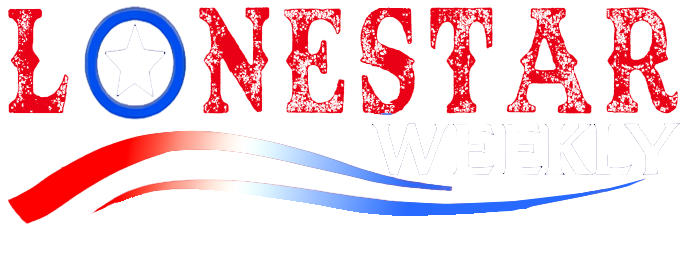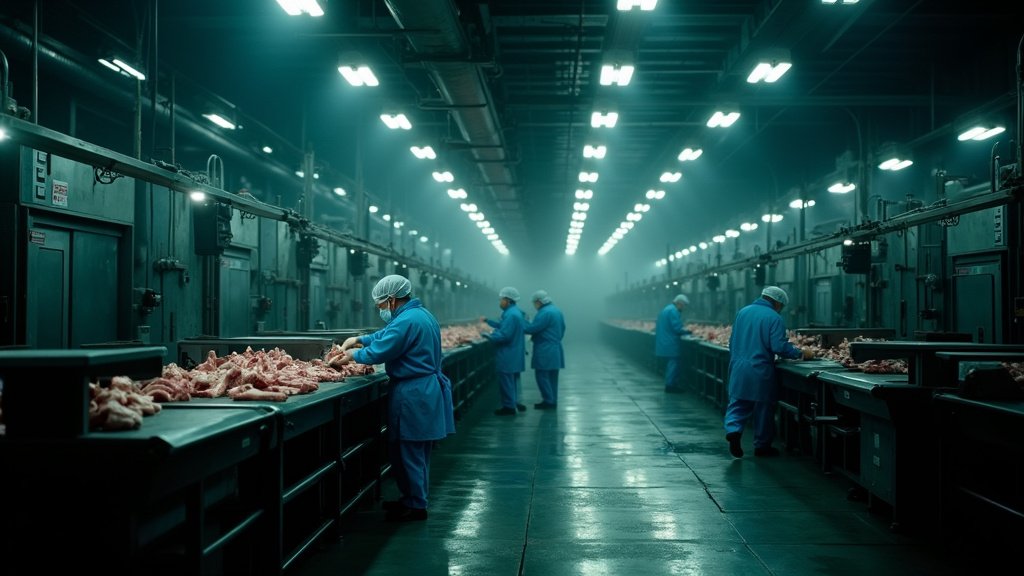The United States federal government has plunged into a shutdown starting October 1, 2025, a crisis precipitated by Congress’s failure to pass appropriations legislation for the 2026 fiscal year. This marks the eleventh government shutdown in modern U.S. history and the third under President Donald Trump, underscoring a persistent pattern of partisan gridlock that has left the nation shuddering. The core of the impasse lies in deep-seated disagreements between Democrats and Republicans over federal spending levels, proposed rescissions of foreign aid, and, crucially, the extension of health insurance tax credits essential for Affordable Care Act (ACA) enrollees. This editorial reflects on the ongoing crisis.
The Stalemate in Congress
The legislative deadlock has been particularly acute in the Senate, where neither Democratic nor Republican proposals have been able to secure the necessary 60 votes to overcome procedural hurdles. Despite multiple attempts, including votes on September 30th and October 3rd, a bipartisan agreement remains elusive. House Speaker Mike Johnson and Senate Majority Leader John Thune have largely stood firm on passing a “clean” continuing resolution, suggesting that policy debates, particularly concerning healthcare, should be deferred until after government functions are restored. Conversely, Democrats, led by Senate Minority Leader Chuck Schumer and House Minority Leader Hakeem Jeffries, have made the extension of enhanced ACA tax credits a non-negotiable demand, emphasizing their importance for millions of Americans as the open enrollment period approaches on November 1st. This fundamental clash in negotiating strategies has prolonged the shutdown, with legislative sessions being repeatedly adjourned, pushing the end of the funding lapse into the following week.
Economic Repercussions and the Cost of Inaction
The economic consequences of a government shutdown are significant and far-reaching. Analysts estimate that each week of shutdown could cost the U.S. economy approximately $7 billion, reducing GDP growth by 0.1 percentage points. This figure stems from reduced pay for federal employees, delayed government procurement, and a general decline in demand. While some of these costs may be recouped when operations resume, past shutdowns have demonstrated that not all economic damage is reversible. The 2018-2019 shutdown, for instance, cost the economy an estimated $11 billion, with a permanent loss of $3 billion in GDP. Beyond direct economic losses, shutdowns erode public confidence, delay crucial economic data releases that inform the Federal Reserve’s policy decisions, and can create significant uncertainty in financial markets. Federal agencies, including those responsible for releasing key economic indicators, have suspended operations, leaving policymakers and investors operating with blind spots.
Impact on Federal Employees and Services
The immediate human cost of the shutdown is borne by hundreds of thousands of federal employees. As of October 1st, an estimated 800,000 federal workers have been furloughed, meaning they are sent home without pay. Another 700,000, deemed essential, continue to work but without immediate compensation, though they are expected to receive back pay once funding is restored. This creates immense financial strain, especially for workers already grappling with rising inflation and the cost of living. The Trump administration has also signaled an intent to use the shutdown as an opportunity for broader layoffs of federal workers, a move that goes beyond typical furlough practices and raises concerns about the long-term stability of the federal workforce. While essential services such as national security, law enforcement, Medicare, and TSA operations continue, numerous agencies, including the NIH, CDC, and WIC programs, face partial or full suspensions, disrupting vital public services and research.
The Centrality of Healthcare Policy and Texas
The debate over extending Affordable Care Act (ACA) premium tax credits has become a critical focal point, with profound implications for states like Texas. For nearly 4 million Texans enrolled in ACA plans, these subsidies have significantly lowered insurance costs. Health policy organizations project that if the credits expire, premiums in Texas could increase by over 115%, potentially causing over a million residents to drop their health insurance coverage. Houston healthcare leaders have urgently appealed to the state’s congressional delegation to support an extension, highlighting that for many Texans, particularly those in already struggling communities, the increased costs would be unaffordable. This issue places Texas Republicans in a difficult position, balancing fiscal conservatism with the significant impact on their constituents.
A Cycle of Political Theater
This latest shutdown is not merely a procedural hiccup; it reflects a deeper, ongoing struggle over the role and scope of the federal government. The persistent inability to pass appropriations bills and the tendency to use funding deadlines as leverage for partisan policy gains have become a recurring feature of American governance. Critics argue that this pattern of political theater not only harms the economy and public services but also erodes faith in democratic institutions. The current news cycle is dominated by reciprocal blame, with the White House pointing fingers at Democrats and Democratic leaders accusing Republicans of prioritizing political games over the needs of the American people. This perspective suggests that without a fundamental shift in approach, the nation may continue to shudder with each successive shutdown, leaving its citizens and its economy vulnerable.






